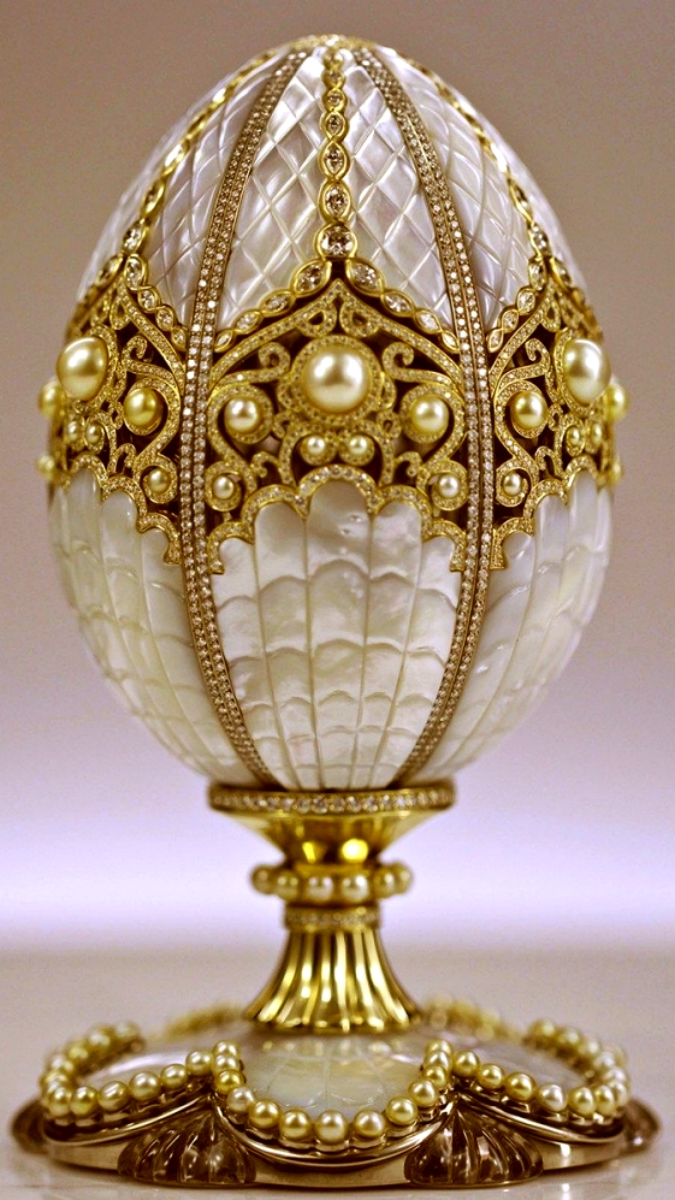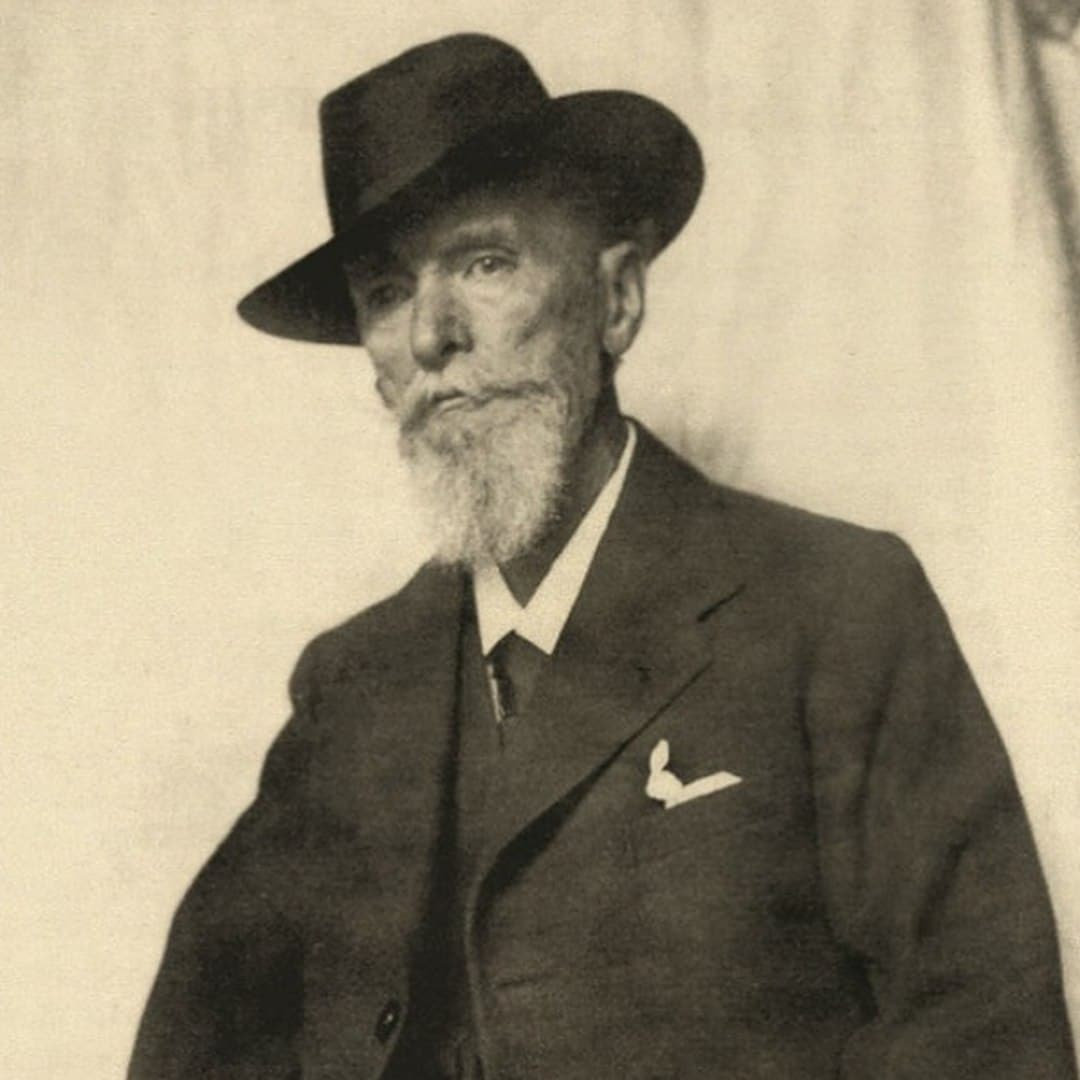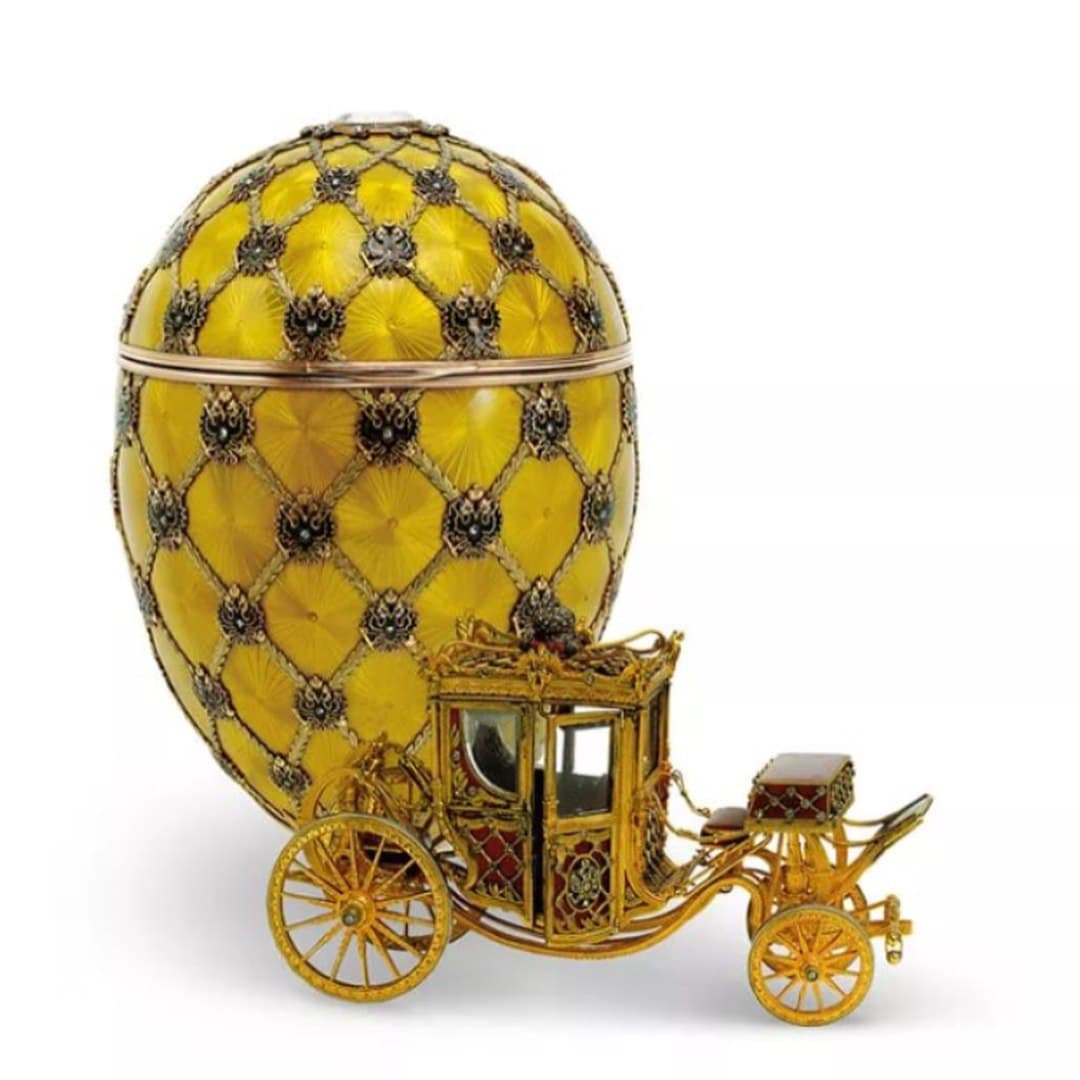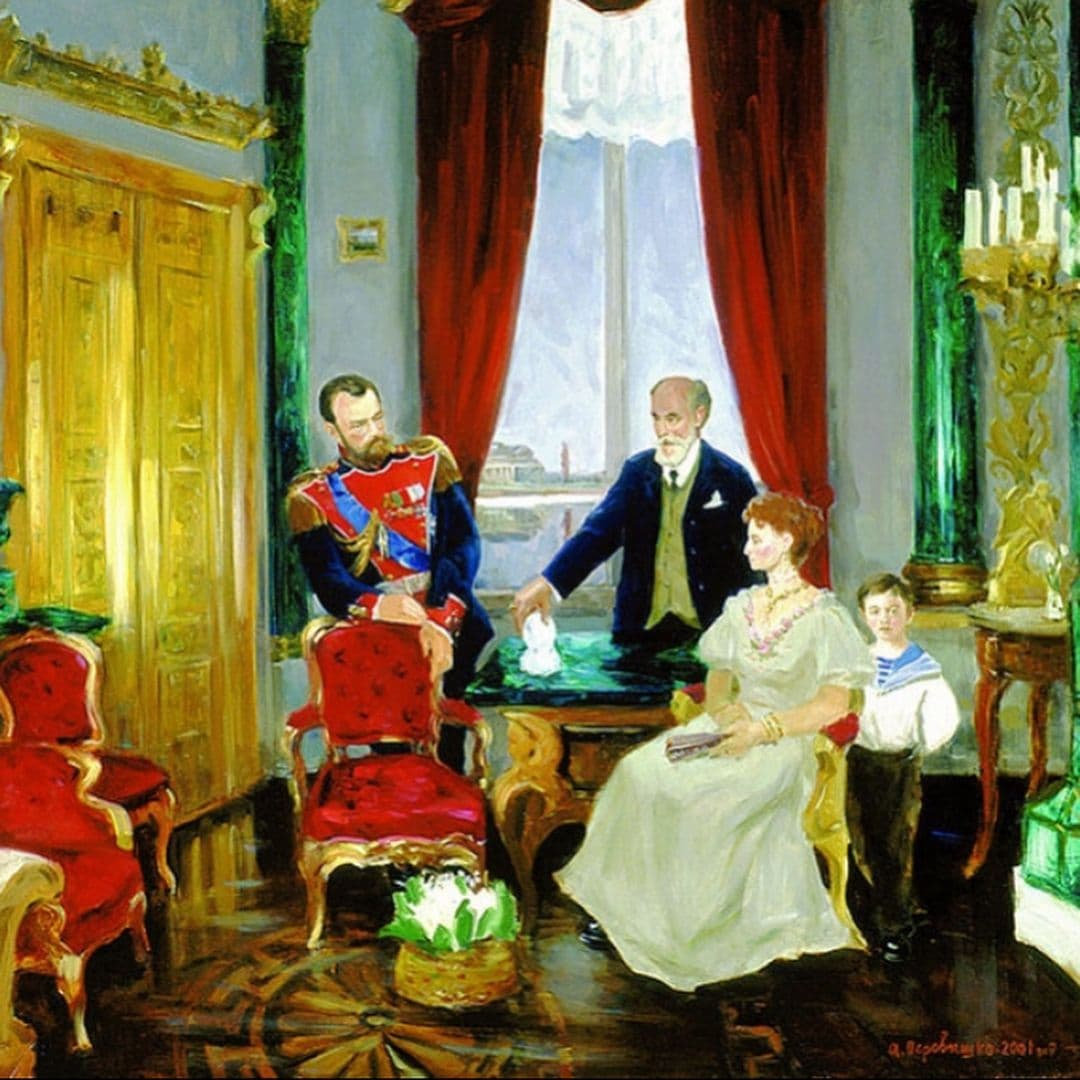Карл Фаберже.

30 мая 1846 года в Российской империи родился один из самых известных ювелиров планеты, Петер Карл Густавович Фаберже. Более всего он прославился своей серией «Яйца Фаберже».  ⠀
⠀
Она создавалась между 1885 и 1917 гг. для российской императорской семьи и частных покупателей. Всего известно о создании 71 экземпляра, из которых императорскими являются 52.
В 1882 году на Всероссийской художественно-промышленной выставке в Москве изделия его фирмы привлекли внимание императора Александра III. Петер Карл получил покровительство царской семьи и звание «ювелира Его Императорского Величества и ювелира Императорского Эрмитажа».
⠀
Карл Фаберже и ювелиры его фирмы создали первое ювелирное яйцо в 1885 году. Оно было заказано царём Александром III как пасхальный сюрприз для его жены Марии Федоровны. Так называемое «Куриное» яйцо снаружи покрыто белой, имитирующей скорлупу, эмалью, а внутри, в «желтке» из матового золота, — изготовленная из цветного золота курочка. Внутри курочки, в свою очередь, спрятана небольшая рубиновая корона — позднее утраченная.
⠀
Императрица была так очарована подарком, что Фаберже, превратившийся в придворного ювелира, получил заказ изготавливать по яйцу ежегодно; изделию следовало быть уникальным и содержать какой-либо сюрприз, это было единственным условием. Следующий император, Николай II, сохранил эту традицию, каждую весну даря, в свою очередь, два яйца — одно Марии Федоровне, своей овдовевшей матери, и второе — Александре Федоровне, новой императрице.
⠀
Изготовление каждого яйца занимало практически год. Как только эскиз был утвержден, за работу бралась целая команда ювелиров фирмы.

⠀
Серия императорских яиц пользовалась такой славой, что фирма Фаберже выполнила несколько изделий и для частных заказчиков (известно о 15-ти). Среди них Юсупов,Кельх, Нобель,Ротшильд.
⠀
Карл стал одним из самых богатых людей Санкт-Петербурга. На его производстве работало огромное количество людей. Он жил в доме на улице Большая Морская, который был переделан снаружи, а внутри создан уникальный интерьер с лифтом-сейфом, который потом долго пытались вскрыть советские «ценители искусства». Когда Карл покидал Россию он оставил в сейфе 7 чемоданов с драгоценностями, в надежде, что после смутных времен он вернется в свой дом...

⠀
После установления советской власти фабрики и магазины Фаберже в Петрограде, Москве и Одессе были национализированы. В Петрограде в руки большевиков попали практически все запасы драгоценных металлов, камней и уже готовых изделий, за которые владельцам не было выплачено никакой компенсации. Многие изделия были просто разобраны по камушкам (так было легче продать), а яйца проданы за границу. Страшно подумать сколько культурных ценностей было тогда продано и уничтожено.
⠀
Спасти от национализации удалось лишь маленькую долю изделий, которые Евгений (старший сын) Фаберже незадолго до этого смог вывезти в Финляндию. Кстати, все четыре сына (Евгений, Агафон, Александр, Николай) были связаны с ювелирным искусством. Трое работали в домах компании «Фаберже и К», которую братья основали в 30е годы. А Агафон был знаменитым русским филателистом. К сожалению, с отцом отношения испортились после отцовского несправедливого обвинения в краже. Жизнь его закончилась в Финляндии практически в нищете, жили на деньги от проданных марок из своих коллекций.
В сентябре 1918 года, опасаясь ареста, Карл Фаберже нелегально покинул Петроград, под видом курьера одного из иностранных посольств, и поездом уехал за границу.
Карл Фаберже так и не оправился после потрясших его революционных событий. У него отняли все-любимое дело, заработанные миллионы и родной дом. В это время он часто повторял: «Жизни больше нет».
В городе Лозанна в Швейцарии утром 24 сентября 1920 года его не стало.
Похоронен на кладбище Гран-Жас в Каннах.
⠀
Сейчас известно нахождение 44 яиц. По миру. Оцениваются они в 2млд.$.
Снова вспоминаются «советские ценители».
История Фаберже окутана многими интересными историями и тайнами, рекомендуем посмотреть документальный фильм В. Кондратьева «Тайны Фаберже».
Культуру и наши корни нужно ценить и помнить! Уничтожив все это, исчезает и нация..
Сообщения не найдены
Написать отзыв